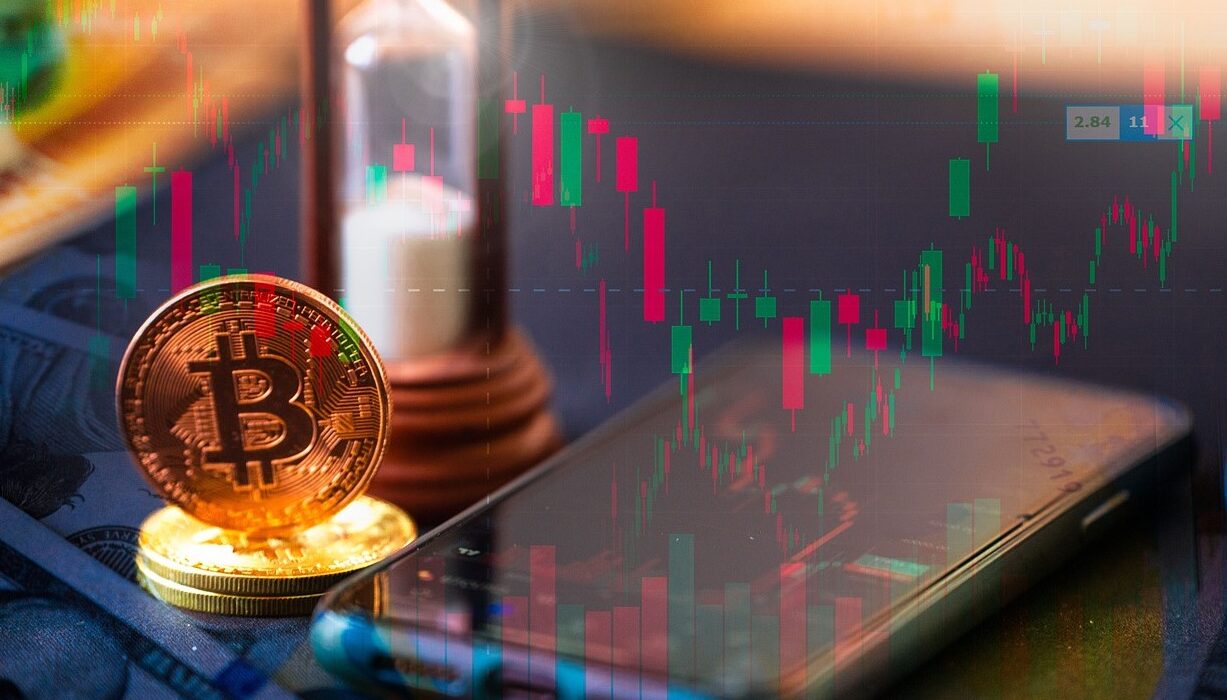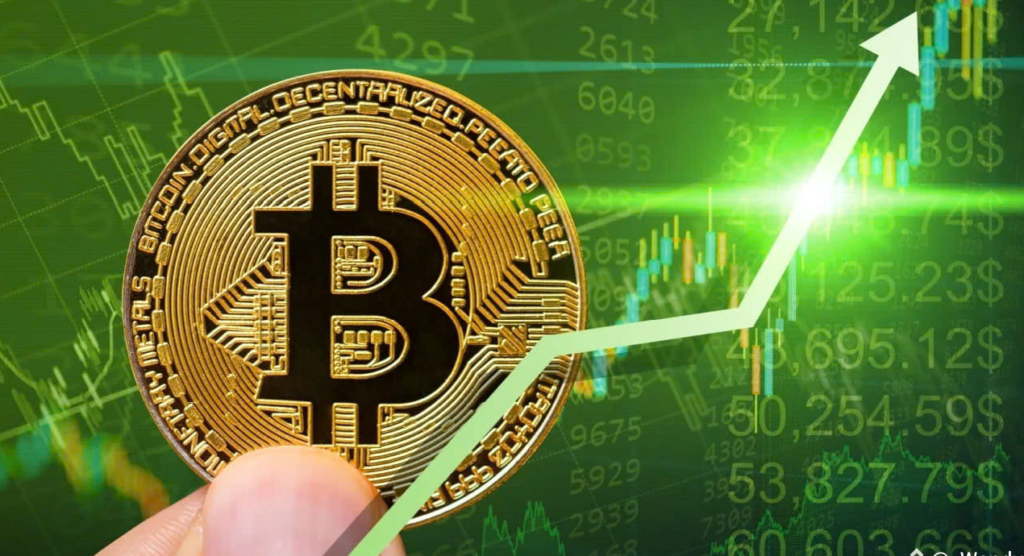Bitcoin’s price has been a topic of interest around the world since it started in 2009. Bitcoin (BTC) was the first decentralized digital currency. It not only disrupted existing banking systems, but it also created a new way to transmit value in the digital age. Its price has gone from a few cents to tens of thousands of dollars. Such volatility shows not only how investors feel but also how technology, regulation, and the economy as a whole are changing.
Bitcoin’s Origins and Rise
Satoshi Nakamoto is the name of an unknown person or group that invented Bitcoin. Bitcoin didn’t have any value on the market when it originally came out in January 2009. The first known business deal didn’t happen until May 2010, when 10,000 BTC were swapped for two pizzas. The transaction meant that each currency was worth $0.0025. Bitcoin Pizza Day is the name given to this occasion in history that marked the start of Bitcoin’s economic importance.
Bitcoin started to trade on new cryptocurrency exchanges as more people learned about it. By 2011, it was worth the same as the US dollar. Then, in late 2013, Bitcoin reached $1,000, which was a big deal for people and got a lot of attention. But the 2014 breach of the infamous Mt. Gox exchange caused values to drop, costing hundreds of thousands of Bitcoins.
Institutional Adoption of Bitcoin
The emergence of institutional adoption is one of the most important things that has happened in the last few years. Companies like MicroStrategy and Tesla and banks like Fidelity and BlackRock have made news for adding Bitcoin to their holdings or making crypto products. Bitcoin has gone from being a fringe asset to a genuine member of the modern financial system thanks to this institutional support.

Bitcoin ETFs and custodian services for big investors have also made the market more liquid and confident. Furthermore, governments are starting to deal with Bitcoin more directly. For example, El Salvador made Bitcoin legal money in 2021, which caused a lot of excitement and debate. At the same time, the U.S., the U.K., and Germany are still working on rules that will safeguard consumers while also encouraging new ideas.
Bitcoin Price Forecast 2025
People still talk about and guess about the price of Bitcoin every day as of mid-2025. Bitcoin went through a long corrective period after reaching an all-time high of about $69,000 in November 2021. By the second quarter of 2025, though, BTC has bounced back and is trading for about $110,000. This rise has been caused by hope that the Federal Reserve will decrease interest rates, a weaker dollar, and more money coming into ETFs.
There is still disagreement among market analysts. Some others, including the pseudonymous PlanB, say that Bitcoin will hit $130,000 or more by the end of the year. They base their predictions on the Stock-to-Flow model and past halving cycles. Others believe that the market may be experiencing a speculative bubble, akin to the increase in value seen in 2021 that preceded a significant decline. Bitcoin price.
Risks Facing Bitcoin Today
Bitcoin has increased in popularity, but it still presents certain risks. There is still a lot of ambiguity about regulations, especially in big economies like the US and China. Stricter rules on mining, exchange activities, or wallet use could negatively impact Bitcoin’s liquidity and usability.

People have also criticized Bitcoin mining, the proof-of-work consensus mechanism. Even while there are plans to switch mining operations to renewable energy, the controversy is still having an effect on how people see Bitcoin and how appealing it is to institutions. Furthermore, Bitcoin is still easy to manipulate in the market because it doesn’t have as much liquidity as other financial assets. Unregulated exchanges and “whales” (large holdings of BTC) might influence prices in ways that are difficult to predict. Bitcoin price.
Future Potential of Bitcoin
B The utility of Bitcoin as a digital asset and a value store is constantly evolving. More and more connections with Web3, decentralized finance (DeFi) platforms, and layer-2 solutions like the Lightning Network point to a wider range of uses in the future than merely trading for fun.
Bitcoin could be a decentralized alternative to central bank digital currencies (CBDCs) as central banks look into them. This means that no government or agency controls Bitcoin. Its adoption curve, technological advancements, and ability to stand up to regulatory scrutiny will all play a big role in whether it becomes a major global reserve asset or stays a volatile speculative instrument. Bitcoin price.
Final Thoughts
The price of Bitcoin is based on a complicated mix of new ideas, speculation, and changing public trust. Bitcoin’s rise from a little tech experiment to a trillion-dollar market asset shows how money and power are changing in the digital era. As circumstances evolve, one certainty remains: Bitcoin will continue to play a significant role in the global conversation about the future of money. Bitcoin price.

